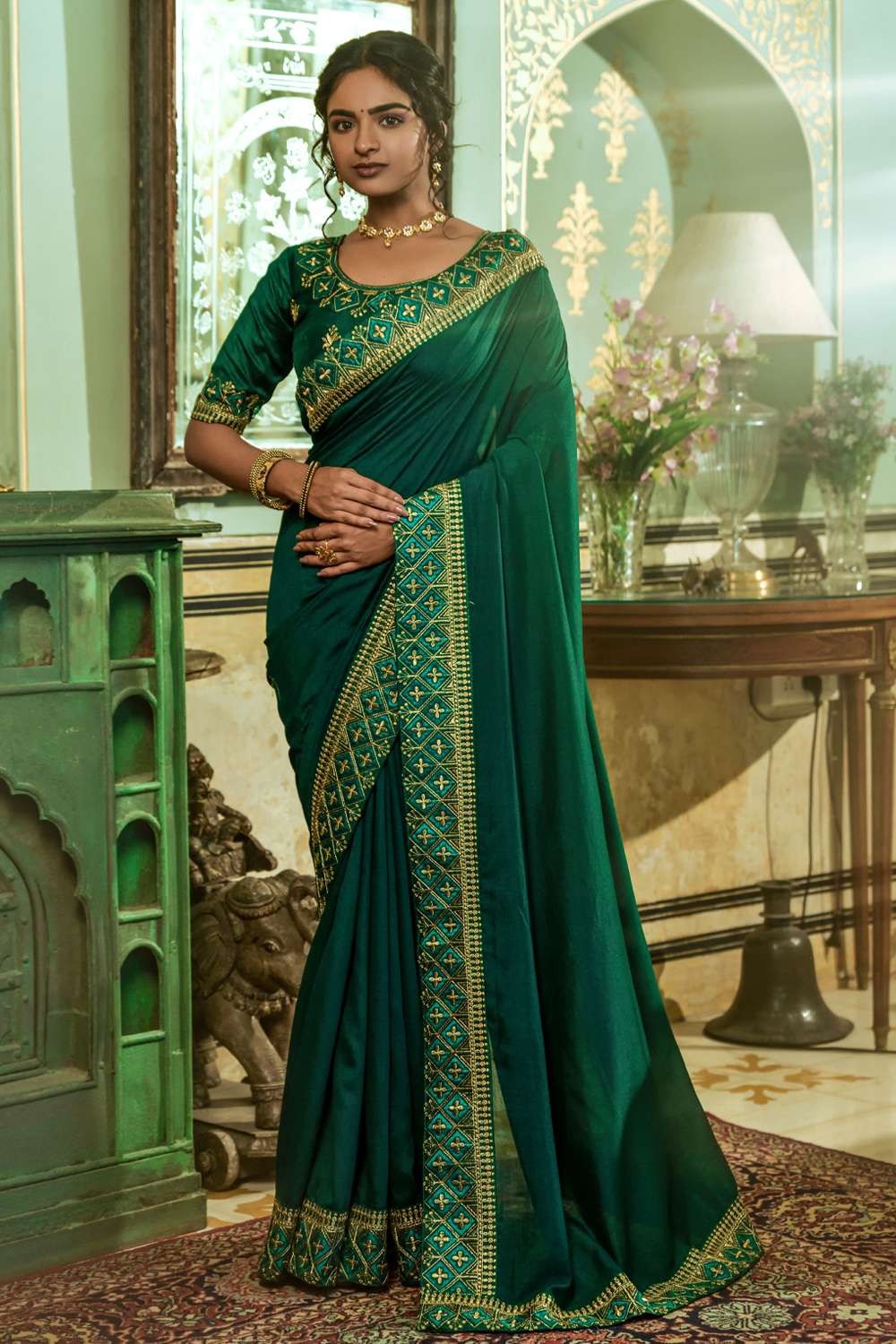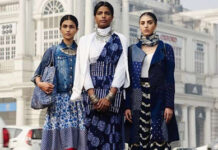Fashion has long been a dynamic statement of cultural influences, drawing inspiration from various traditions, customs, and norms. However, the concept of cultural appropriation has emerged as a significant concern within the fashion industry, highlighting the need for increased awareness, sensitivity, and accountability. Traditional appropriation happens when individuals of one culture acquire elements from another without sufficient understanding, respect, or appreciation of them, resulting in the commodification and trivialization of cultural symbols and practices.
Indian traditional attire displays the country’s rich cultural heritage, diversity, and centuries of workmanship. Each garment reflects the region’s distinct customs, traditions, and history, passed down through generations. The saree, for example, is more than just a piece of fabric; it represents grace, femininity, and tradition. Its elaborate draping patterns differ by region, demonstrating the diversity of Indian culture. Similarly, the sherwani is commonly worn at weddings as it emanates regal grandeur with its exquisite embroidery and majestic form.
Other traditional clothes, such as the kurta, dhoti, and salwar kameez, also have deep cultural value, acting as a connection to India’s glorious past and a celebration of its lively present. Each garment is painstakingly crafted utilizing age-old traditions passed down through generations, resulting in a labor of love and a monument to the artists’ talent and ingenuity. Thus, Indian traditional costume is more than just apparel; it is a cultural treasure trove that captures the essence of India’s vast and diverse history.
Misappropriation of Indian wear
The problem of misappropriation of Indian traditional dress in Western design contexts is a complex issue that requires serious consideration. While fashion thrives on inspiration and reinterpretation, there is a narrow line between appreciation and appropriation. Unfortunately, Indian traditional attire is often stripped of its cultural context and repurposed as mere fashion trends, losing the immense value and symbolism it holds within Indian society. Designers and businesses frequently include elements of Indian wear into their collections, such as intricate embroidery, vibrant colors, and traditional motifs, without fully comprehending the cultural significance of these designs. This shallow approach not only erases the cultural significance of Indian attire but also promotes stereotypes and supports power imbalances in the fashion industry.
The context of cultural sensitivity in the fashion industry is critical for understanding and addressing the complexities of cultural appropriation. Cultural sensitivity requires recognizing and valuing the cultural meaning, customs, and values linked with clothing and symbols from various cultures. It requires a detailed understanding of the historical, social, and religious settings in which these garments originated and how they now continue to carry significance for different communities. Cultural sensitivity necessitates that designers and brands approach the appropriation of traditional Indian attire with humility and respect. Rather than viewing these clothes as fashion trends to be exploited for profit, they should connect with the communities whose cultures they draw inspiration from, and seek their input, collaboration, and approval. This collaborative approach not only preserves the traditional integrity of traditional attire but also promotes mutual respect and understanding among cultures.
Education and Awareness
Education and awareness are critical for enabling people to recognize, understand, and confront issues of cultural appropriation in fashion, such as the misappropriation of Indian traditional attire. Educational programs that promote a greater understanding of cultural sensitivity and respect can provide aspiring designers and industry professionals with the knowledge and tools they need to manage the complexities of cultural exchange responsibly. Incorporating cultural appropriation lessons into the fashion education curriculum provides students with a critical lens through which they can assess their own practices. Furthermore, educational activities can emphasize the cultural relevance and history of Indian traditional apparel, focusing light on the stories, traditions, and craftsmanship that go into each piece of clothing.
Consumer empowerment is an important part of combating cultural appropriation in the fashion industry. Customers wield enormous influence through their purchase decisions, and by making informed decisions, they can promote positive change in the industry. Consumers can empower themselves by learning about the cultural importance and history of the clothes they buy. Understanding the history, symbolism, and customs involved allows consumers to make informed decisions that reflect their values and appreciate cultural diversity. Consumers may proactively hold brands accountable for their behavior by pressing for increased transparency and accountability in their sourcing and design processes. Social media tools enable customers to amplify their voices and raise awareness of cultural appropriation, encouraging corporations to accept responsibility for their actions and make genuine changes.
Conclusion
In conclusion, the subject of cultural appropriation in fashion, particularly concerning Indian traditional attire, emphasizes the importance of increased industry awareness, accountability, and collaboration. The fashion industry can progress towards a more inclusive and culturally respectful future by embracing cultural sensitivity, advocating for representation, and encouraging education and understanding. Fashion can bridge cultures, promote understanding, and generate positive social change by embracing diversity, honoring cultural traditions, and elevating marginalized voices.




























